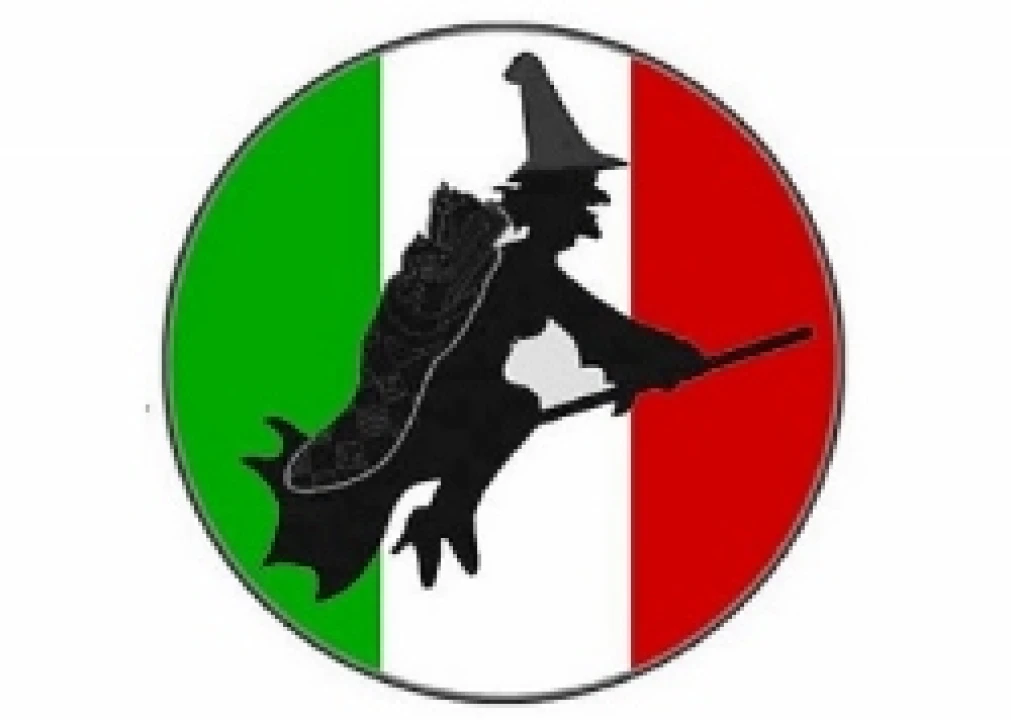By Giovanni di Napoli
January 6th is the Feast of the Epiphany, a solemn celebration of the revelation of Christ to the Magi, thus symbolizing His physical manifestation to mankind. Originating in the Eastern Church, Epiphany comes from the Greek epihania, meaning, "to show forth." While in the West the Adoration of the Magi is the principal focus of the celebration, the Epiphany is actually a commemoration of three events that reveal Christ's divinity: The visitation of the Magi, His baptism and the first miracle at the wedding in Cana.
In Italy, the Epiphany is popularly celebrated with la Befana, a benevolent witch who rewards good little boys and girls with presents, typically fruit, nuts and candy; naughty children get ash and coal. Despite the obvious similarities, she is often erroneously referred to as the "Italian Santa Claus." Traditionally in Southern Italy Christmas was a much more reserved holiday, Saint Nicholas would bring gifts on his Feast Day (December 6th). Santa Claus, or Babbao Natale (Father Christmas) as he is called, is a recent importation. La Befana (a corruption of epihania) is a much older tradition (some claim she has pre-Christian roots). Whatever her origins, she is distinctly Italian (but not without some regional differences) and a quaint embellishment to the Epiphany celebration.
Source: Magna Grece



